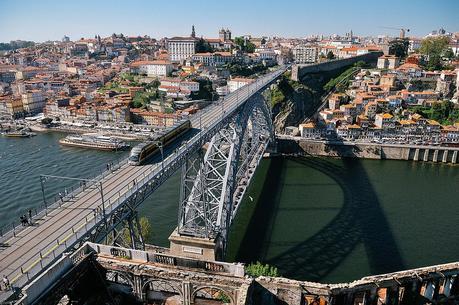
This actually applies to most of Portugal, but let’s start with Porto, shall we? I took some pictures last month that reminded me to inform my upcoming first-time visitors to please not wear brand-new shoes on this trip. No, no, no, save your feet and leave the new shoes. But don’t bring tread-worn shoes, especially in Lisbon, where you’ll slide around on the skating rink that is the slippery stone pavements. The last thing you want is an injury to start off your Portugal trip!
Pictures like these usually evoke a reaction of “wonderful view!” but that view comes at a price that your feet and legs will pay. (Think of it as a body tax for eating all those Portuguese pastries.) Many of the viewpoints are reached only on foot, especially in the historic area, which has staircases and steep streets. How steep? This steep.
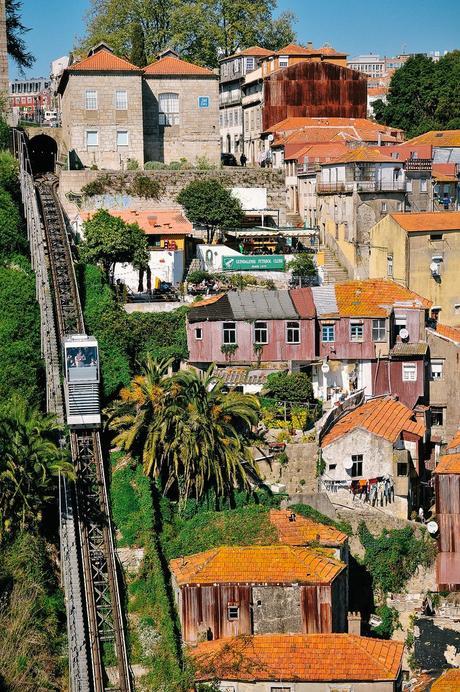
Thankfully, you have options: there is a funicular on the Porto side (€2.50 each way, adult) and a cable car (€6 each way, adult) on the Gaia side. But they only cover particular areas; you’ll still need to walk and walk and walk.
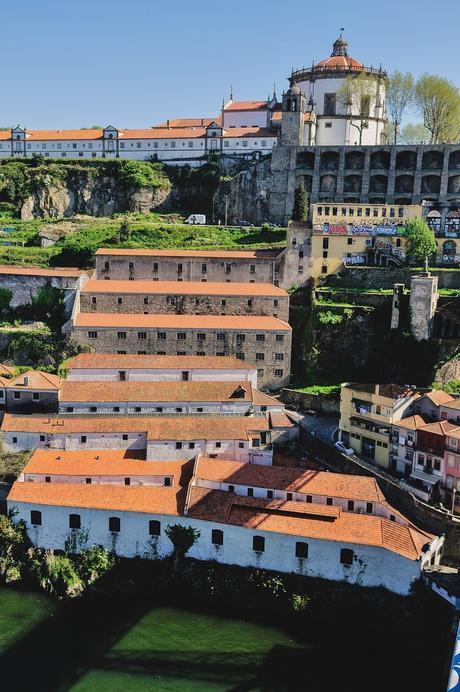
I should let you know that it is possible to reach Mosteiro da Serra do Pilar by tuk-tuk (electric oversized golf-cart vehicles; prices vary). Which is good news for some, as the cable car in Gaia — which has a station just to the right of this photo — will only get you partway to the monastery and church.
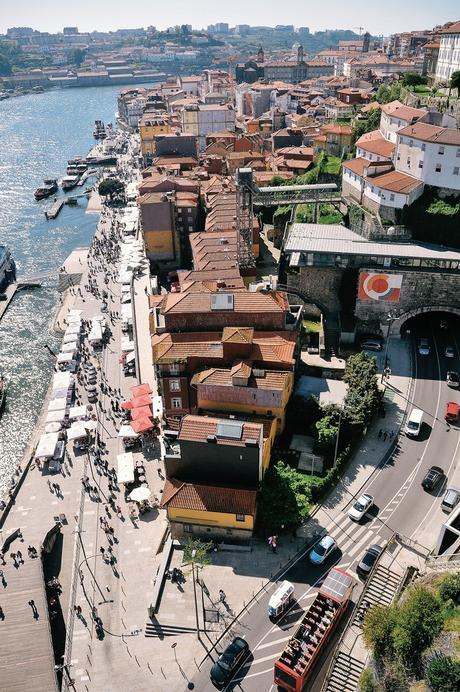
Since I keep throwing out the warnings, here’s one more: there’s a good chance you could get vertigo on the top of the Luís I Bridge, as the railing isn’t very high (below armpit level for a short adult female like me). And that feeling may worsen when the metro rumbles by, which is an interval of every six minutes per direction, on average. The width of the pedestrian walkway is barely two people wide. There is now a water taxi (€3 adult) crossing across the Douro between Ribeira and Cais de Gaia, a service that was launched in autumn 2016 to release the pedestrian pressure from the two decks of the Lúis I Bridge (the lower deck feels narrower than the top deck because of the car traffic).
One last picture, which comes with no warning labels. This viewpoint is just down the ramp from Sé (Cathedral). But it’s another reminder that Porto’s sharp inclines have been around much longer than tuk-tuks, cable cars, and funiculars. If you can’t find a tuk-tuk and the cable car and funicular have stopped operating, you will be continuing the ancient practice of walking… as old as time.
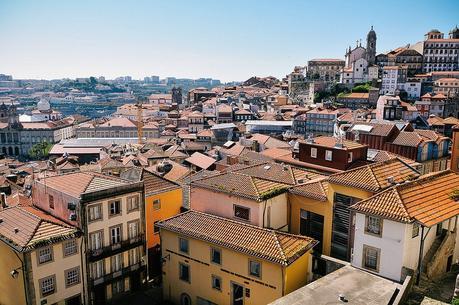
April 8, 2017
Album: Portugal [Spring 2017]

